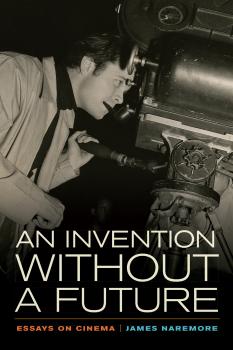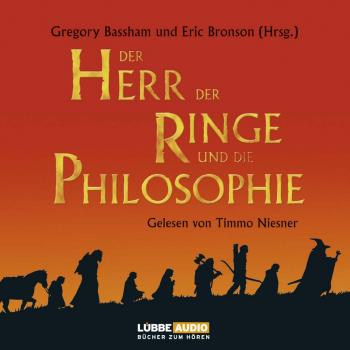Кинематограф, театр
Различные книги в жанре Кинематограф, театрThe Vertical of the Role
Today’s actors must be able to perform as soloists in the worlds of theatre and film. The technique of the ‘Vertical of the Role’ enables actors to develop their independence and autonomy when analyzing their roles, leading them to become authors of their own art in their own right. It offers the basis for all manner of successful auditions, but also for artistic interaction within an ensemble and with a director. Generations of actors have grown up with Stanislavsky’s classic, ‘The Actor’s Work on Himself’, but the theatre of the 21st century with its own framework of production demands new forms of independent work from the actor. Jurij Alschitz has developed the method of the ‘Vertical of the Role’ during his years of detailed research into theatre practice. The research was carried out in European Theater Centers which Jurij Alschitz himself established in Germany, Italy, and Scandinavia and the results of this research have been tested and successfully applied on stage in theatre practice all over the world. In this book, Jurij Alschitz offers his thoughts on the ethics of the acting profession. He views the actor as the author, creator, and center of the dramatic performance, who must consequently be equipped with the appropriate technical skills to fulfill this wide range of tasks. The successive phases of the actor’s work on the ‘Vertical of the Role’ are explained in detail, ready to be used by the actor, or to form a basis for teachers and directors who wish to apply this method. A separate chapter describes daily training for the actor on the basis of practical exercises.
An Invention without a Future
In 1895, Louis Lumière supposedly said that cinema is «an invention without a future.» James Naremore uses this legendary remark as a starting point for a meditation on the so-called death of cinema in the digital age, and as a way of introducing a wide-ranging series of his essays on movies past and present. These essays include discussions of authorship, adaptation, and acting; commentaries on Howard Hawks, Alfred Hitchcock, Orson Welles, Vincente Minnelli, John Huston, and Stanley Kubrick; and reviews of more recent work by non-Hollywood directors Pedro Costa, Abbas Kiarostami, Raúl Ruiz, and Apichatpong Weerasethakul. Important themes recur: the relations between modernity, modernism, and postmodernism; the changing mediascape and death of older technologies; and the need for robust critical writing in an era when print journalism is waning and the humanities are devalued. The book concludes with essays on four major American film critics: James Agee, Manny Farber, Andrew Sarris, and Jonathan Rosenbaum.
Скрытый учебный план: антропология советского школьного кино начала 1930 х – середины 1960 х годов
Советское «школьное кино» – крайне любопытное явление в истории мирового кинематографа, основанное на специфическом компромиссе пропагандистских установок и социальных запросов аудитории. Истории, которые оно рассказывало, зачастую были построены по принципу матрешки: незамысловатый внешний сюжет мог скрывать в себе самые разные месседжи – от утверждения советских моральных ценностей до фиги в кармане, от поиска вариантов развития личности до намеков на изменения в генеральной линии партии. Тому, как формировались и транслировались эти смыслы, а также соотнесенности разных месседжей в одном «высказывании» и посвящена эта книга. Вадим Михайлин – историк культуры, социальный антрополог, профессор Саратовского государственного университета. Галина Беляева – старший научный сотрудник Саратовского государственного художественного музея имени А. Н. Радищева.
Michelangelo Red Antonioni Blue
Michelangelo Antonioni, who died in 2007, was one of cinema’s greatest modernist filmmakers. The films in his black and white trilogy of the early 1960s—<i>L’avventura, La Notte, L‘eclisse</i>—are justly celebrated for their influential, gorgeously austere style. But in this book, Murray Pomerance demonstrates why the color films that followed are, in fact, Antonioni’s greatest works. Writing in an accessible style that evokes Antonioni’s expansive use of space, Pomerance discusses <i>The Red Desert, Blow-Up, Professione: Reporter (The Passenger), Zabriskie Point, Identification of a Woman, The Mystery of Oberwald, Beyond the Clouds</i>, and <i>The Dangerous Thread of Things</i> to analyze the director’s subtle and complex use of color. Infusing his open-ended inquiry with both scholarly and personal reflection, Pomerance evokes the full range of sensation, nuance, and equivocation that became Antonioni’s signature.









